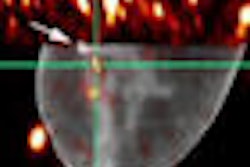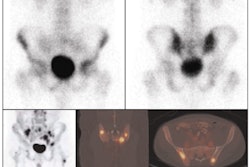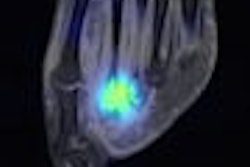Dear Molecular Imaging Insider,
The University of California, Los Angeles (UCLA) and nuclear medicine firm Digirad have unveiled details of a new x-ray-based transmission approach for attenuation correction in cardiac SPECT. The newly designed system allows for high-quality transmission scans to be completed within one minute and with negligible patient dose.
Working with a Digirad triple-head, upright rotating SPECT camera with fanbeam collimators, researchers have combined a low-dose x-ray generator with high-count-rate-capable solid-state detectors for both transmission and emission scans. Clinical results to date show that the configuration obtains attenuation maps with a minimal increase in total study time and with insignificant added dose to the patient.
Read more about the project and the system by clicking here.
While it may not cure the common cold, researchers at UCLA also are using PET and a specially engineered common cold virus to track cancer cells in mouse models as the cells spread to lymph nodes and the prostate and before they advance to other organs. The study, which appears in Nature Medicine, notes that this approach could help oncologists detect the early spread of cancer, when treatment is more successful and survival increases.
Also in this issue, an interesting study from Johns Hopkins Medical Institutions shows that as much as $150 million can be saved annually in the U.S. by using FDG-PET/CT instead of CT alone to more accurately identify patients who will benefit from autologous stem cell transplant, also known as a bone marrow transplant.
The research, co-authored by Dr. Daniel Mollura of Johns Hopkins, compared the cost-efficacy of FDG-PET/CT against CT in relapsed diffuse large B-cell lymphoma. Perhaps more significantly, the results show how molecular imaging can contribute positively to healthcare economics.
Economics will play in role in how, if, and when medical radioisotopes are manufactured in the U.S. A task group created by SNM recently released its preliminary findings, which include the inescapable conclusion that U.S. production and supply of molybdenum-99 is several years away and would require significant investment and regulatory approvals. Read a review of SNM's draft report on the status and feasibility of six potential suppliers for molybdenum-99 by clicking here.
Until the next edition of the Molecular Imaging Insider, enjoy what remains of the summer and keep tabs on the latest news and research breakthroughs by checking in with the Molecular Imaging Digital Community.




















